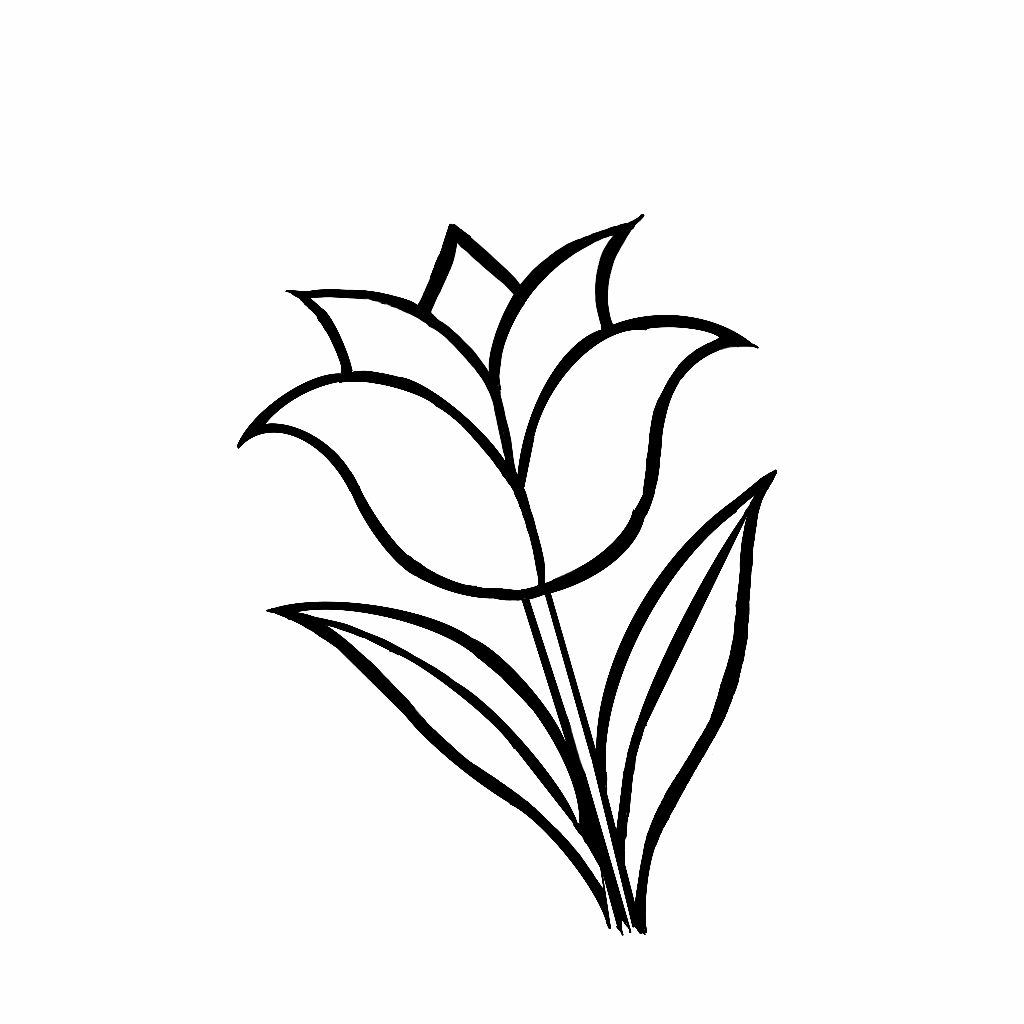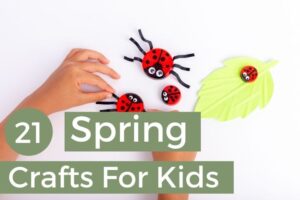Brighten up your home with our vibrant tulip flower craft and art. Follow our easy tulip sketching guide and dive into spring flower crafts that will add a splash of color to your space. Get creative with our printable tulip patterns and homemade tulip greeting cards. Our step-by-step watercolor tulip techniques are perfect for all skill levels. Embrace the season with these lively and artistic tulip flower crafts! So must try these easy spring crafts.
Drawing is a wonderful way for kids to express their creativity and imagination.
Among the many exciting things they can draw, tulip flowers stand out as a colorful and cheerful subject.
In this step-by-step guide, we’ll walk you through the process of creating a simple and delightful tulip flower drawing that’s perfect for kids of all ages.
So, let’s grab some paper and your favorite coloring tools, and get ready to have some artistic fun!
East Tulip Flower Craft and Art for Kids

Materials You’ll Need
Before we start drawing our colorful tulip, make sure you have these basic supplies ready:
- Drawing Paper: Choose a clean sheet of white paper or a sketchbook to bring your tulip to life.
- Coloring Tools: Use your favorite coloring tools, such as colored pencils, crayons, markers, or watercolors. Pick a vibrant selection of colors for your tulip.
- Pencil: You’ll need a pencil for sketching the initial outlines of your drawing.
- Eraser: Keep an eraser handy to correct any mistakes or smudges.
- Reference Image: If you’d like, find a picture of a tulip online or in a book to use as a reference. This can be helpful for understanding the tulip’s shape and colors.

With your materials at the ready, let’s start creating our tulip masterpiece!
Step-by-Step Instructions
Step 1: Draw the Tulip’s Stem
Begin by using your pencil to draw a straight vertical line in the center of your paper. This line will serve as the stem of your tulip.
Step 2: Sketch the Tulip’s Petal Shape
At the top of the stem, sketch a simple oval shape horizontally. This oval will be the base of your tulip’s petals.
Step 3: Create the Tulip’s Petals
Around the oval shape, draw five petal-like curves that radiate outwards from the center. These curves should be wide at the top and taper to a point at the bottom, resembling the shape of tulip petals.
Step 4: Add Details
Inside each petal, draw a slightly curved line from the top edge to the bottom edge. This gives your tulip petals a more defined and realistic appearance.
At the top of the stem, draw a small oval shape for the tulip’s bulb.
Step 5: Color Your Tulip
Now comes the fun part – coloring! Use your chosen coloring tools to add vibrant colors to your tulip. Tulips come in various shades, so feel free to get creative with your color choices.
Color the stem green and the petals in your preferred tulip colors. You can create a multicolored tulip or go with a single hue; it’s up to you!
Don’t forget to add a touch of green to the bulb at the top of the stem.
Step 6: Final Touches
Once you’ve finished coloring, take a moment to review your drawing. Make any necessary touch-ups or adjustments.
You can also add a background or additional details if you like. Perhaps your tulip is in a garden or a vase!

Share and Display Artwork
Displaying your child’s artwork in your home can boost their confidence and make them feel proud of their creations.
You can also consider sharing their drawings with friends and family as a way to celebrate their artistic achievements.
Remember that drawing is not only about creating beautiful images but also about having fun and expressing oneself.
Let your child’s imagination run wild, and who knows, they might discover a lifelong passion for art!
FAQ’s
1. What age is suitable for kids to start learning to draw tulip flowers?
Kids can start learning to draw tulip flowers as early as preschool age (around 3-4 years old). However, the complexity of the drawing can be adjusted based on the child’s age and skill level.
2. Do I need to provide specific coloring materials for my child’s tulip drawings?
It’s a good idea to provide a variety of coloring materials such as colored pencils, crayons, markers, and watercolors. This allows your child to experiment with different textures and techniques, enhancing their creativity.
3. How can I help my child improve their drawing skills over time?
Encourage regular practice by providing them with a sketchbook and a variety of subjects to draw. Offer constructive feedback and praise their efforts to boost their confidence.
4. Can drawing tulip flowers help my child with fine motor skills?
Yes, drawing requires precise hand movements, which can significantly improve fine motor skills. It helps with hand-eye coordination, pencil grip, and control.
5. What if my child wants to draw other types of flowers besides tulips?
Encourage their exploration! Drawing various flowers like roses, daisies, and sunflowers can expand their knowledge of different shapes and colors in the botanical world.








